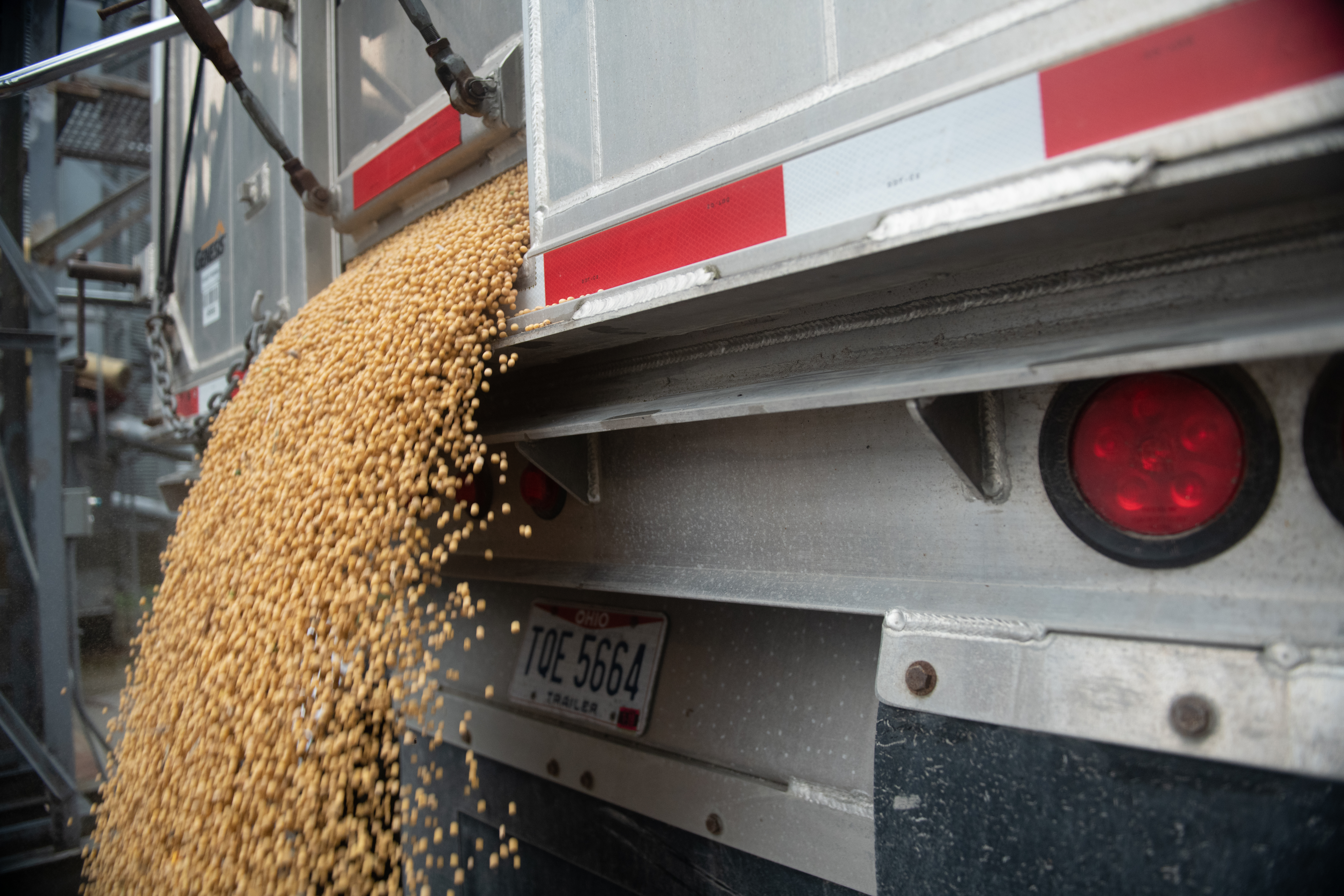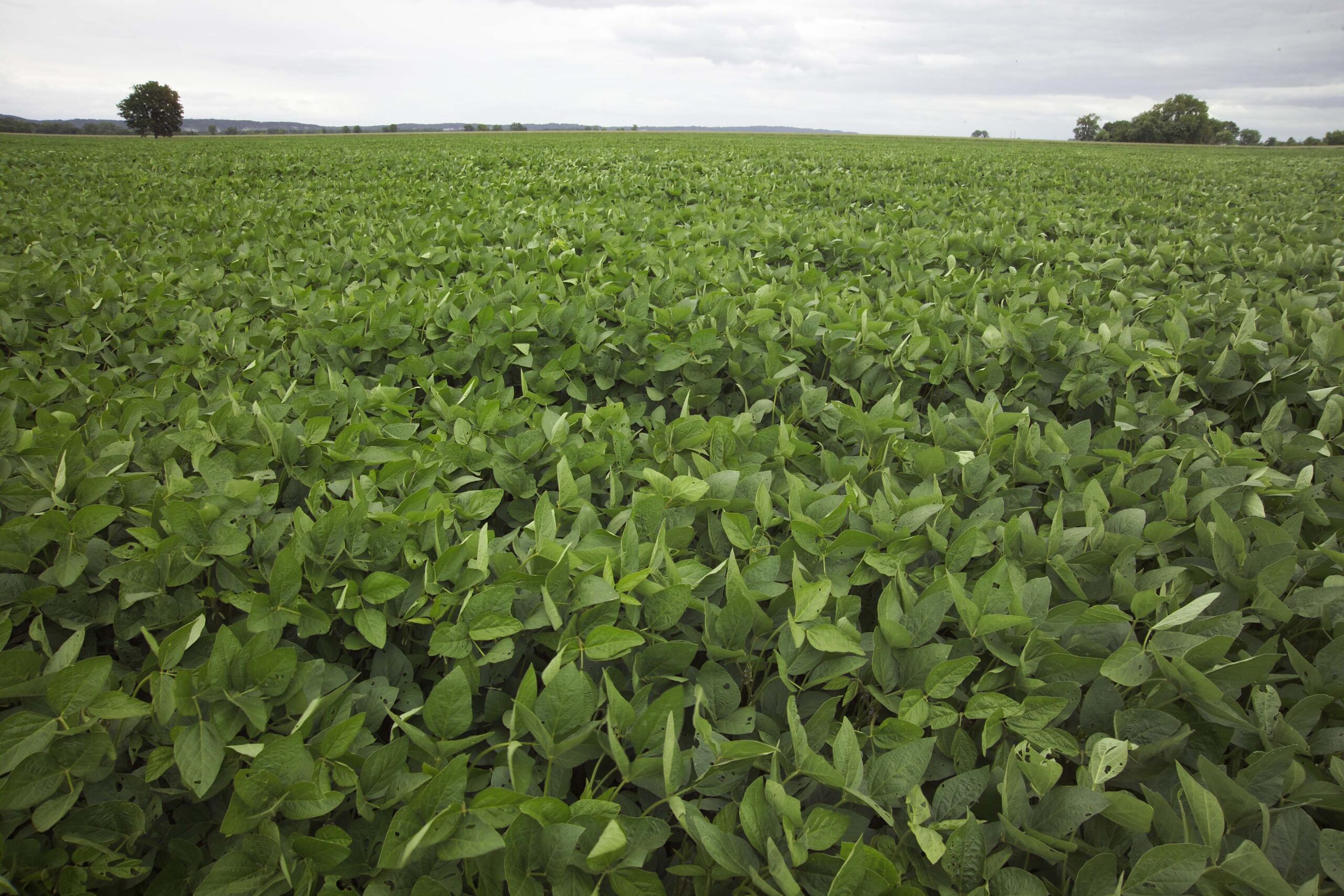Growing a Successful Business Plan: Seasonal Grain Marketing

Featuring content from The Ohio Soybean Council’s GrowU program.
Put together a marketing plan that will help you capture profitable prices to continue farming year after year. As part of the Ohio Soybean Council’s effort to support young and beginning farmers, the GrowU program provides foundational knowledge around topics like grain merchandising to grow your business. Dwayne Wilson is a grain merchandising specialist with White Commercial Corporation. For the last fifteen years, Dwayne has been helping Ohio producers successfully market their grain.
“We are not out to figure out how to try to hit the highs,” Wilson said. “But to go about a plan that continue to help you capture profitable prices that help you continue to farm year after year.”
Wilson likes to begin by identifying your goal when capturing prices in the market. “When we think about the goal of farm marketing, it’s not about the highest prices.” Think about all the assets that go into a growing season: the equipment, the land, the relationship with landlords and money to name a few. “The goal of farm marketing is to protect that asset, that investment that you have. And we need to market the grain so that at the end of the season, you have better land, better relationships and more money.”
The Chicago Board of Trade gives growers the opportunity to price out the crop over two years prior to the harvest. Within that time frame, new information can cause different decisions, that’s why its important to have a plan set in place rather than rely on emotions.
These opportunities to market grain can be broken down into three time periods: pre-harvest, during harvest and post-harvest.
“The majority of pricing opportunity happens in pre-harvest season,” Wilson notes. During harvest, growers might be trying to harvest and market at the same time, with emotions high, you may settle for a price rather than capturing a higher one. “The importance in that is to keep in mind that you need a plan otherwise you’ll ride that emotional rollercoaster of whether it’s a good price or not and miss some good opportunities that you have in the pre-harvest season.”
One major consideration to take into marketing post-harvest is cost. There will be cost in at least one of three ways – maintaining grain, elevator storage and interest.
“There are marketing opportunities where there are some higher prices post-harvest, but most of the time you are working to get back to those earlier levels when you take those costs into account,” Wilson said.
There are three fundamental patterns you need to take into account when talking about these time periods: (1) Look at pricing opportunities in May, June and July, (2) during harvest brings the lowest prices and (3) postharvest is just playing catch up.
“When working with these farmers over the years in these time periods, what I found is a lot of farmers take a price because they have to or they sell because they have to regardless of whether that price is profitable or not. We want to help you by having a plan that locks in profitable prices, so that you sell because its profitable, not because you have to.”
Learn more about creating a grain marketing plan with Dwayne Wilson by visiting SoyOhio.org/GrowU.

